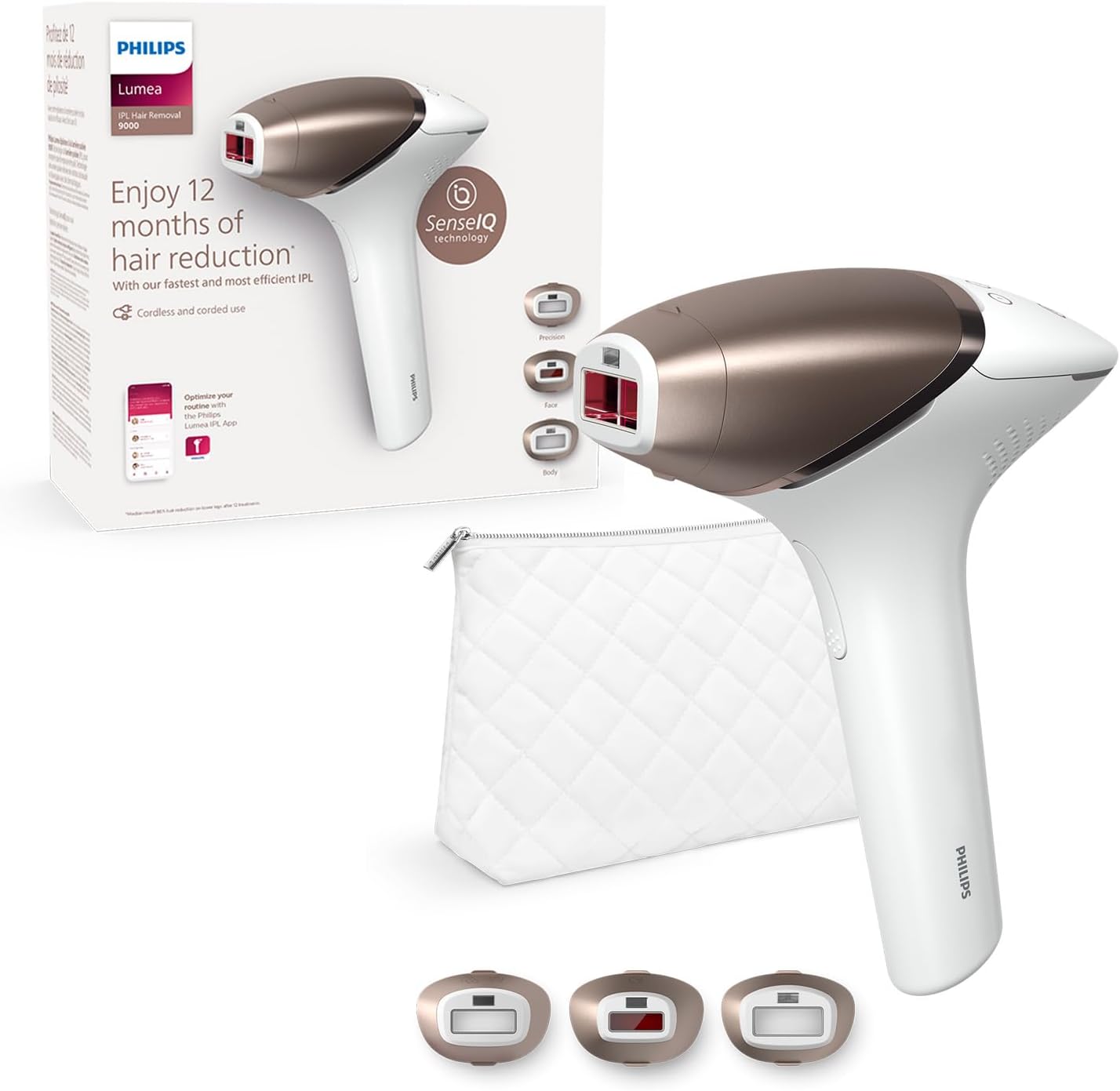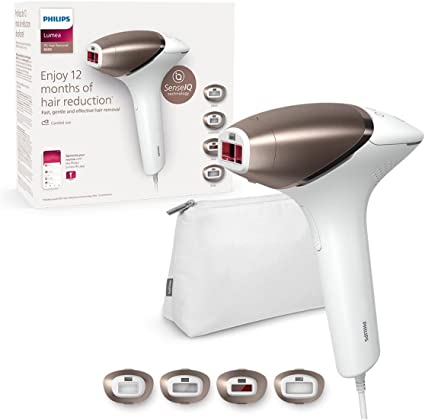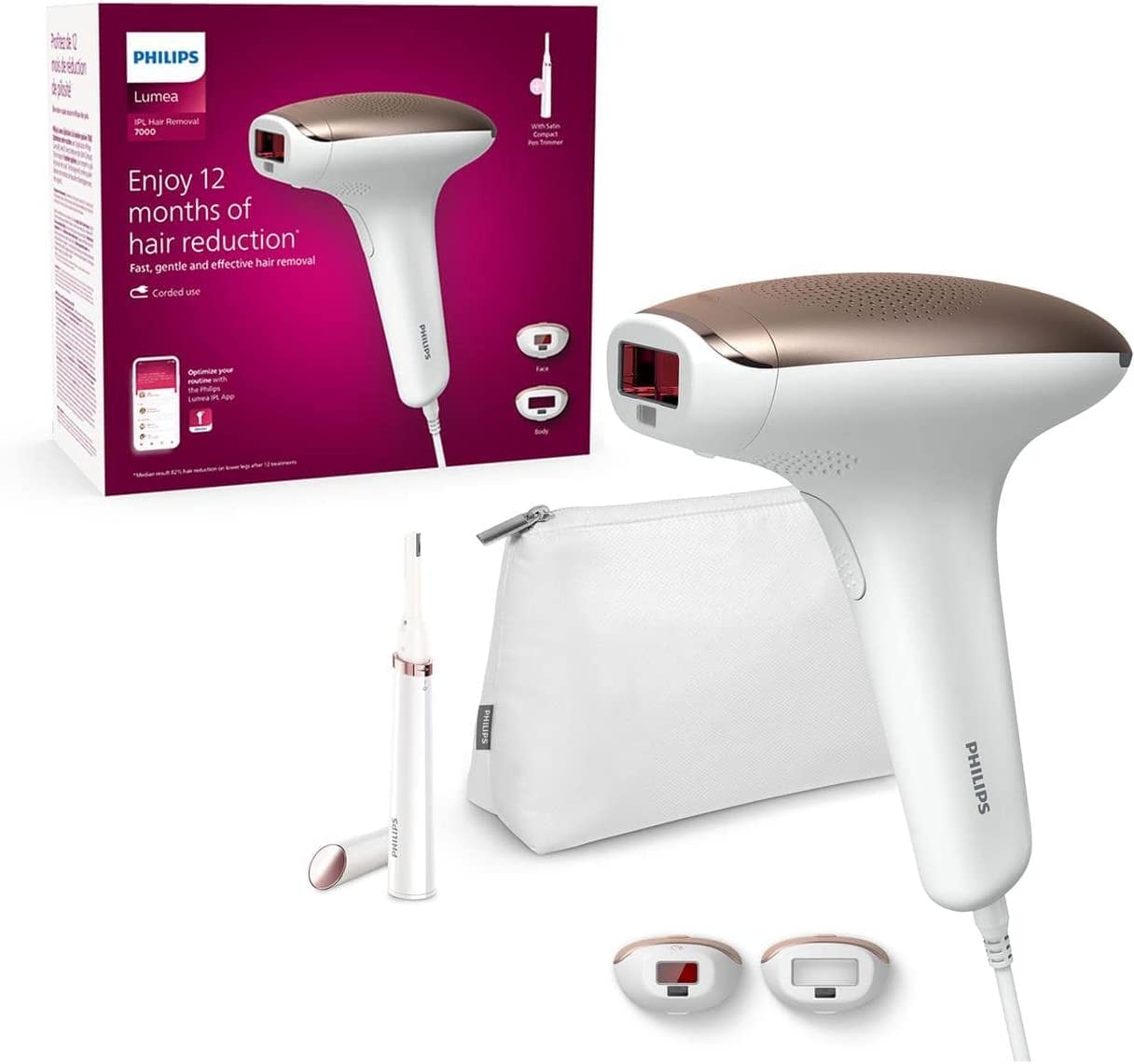Warm weather sneaks up, and suddenly we’re all remembering that shaving every few days is kind of… not it. Between last-minute plans, beach weekends, and just wanting to feel smooth without doing much, long-term hair reduction becomes one of those things that sounds like a dream—but only if it actually works. That’s why we always circle back to IPL devices. They promise low-effort, high-reward results over time, and Philips, with its Lumea line, has basically owned that corner of the market.
But then comes the classic spiral: Lumea 7000? 8000? 9000? Which one do you pick without feeling like you overpaid—or under-bought? The truth is, they all belong to the same family, but their personalities are not the same. So let’s get into it. Here’s how they look, feel, and perform in real life.
Same family, same looks—but a few subtle clues
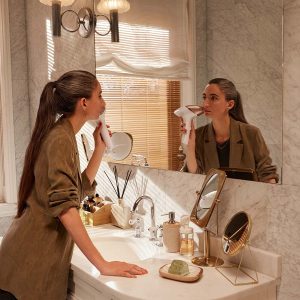
You could line up the 9000, 8000, and 7000 on your bathroom shelf and barely tell them apart at a glance. They all keep that sleek, ergonomic shape with a curved handle and rounded light head, which honestly just makes them easy to grip whether you’re treating legs or more awkward zones.
Their white bodies with touches of pink, copper, or rose gold give them that clean, premium feel—but unless you memorize the finishes, it’s not obvious which model is which.
Functionally, though, the real visual clues are in the attachments. Depending on the model, you’ll find two, three, or four swappable heads, each shaped for specific body parts. But we’ll get into that a bit later.
The IPL science behind the glow
All three use the same underlying tech: Intense Pulsed Light (IPL). It’s not magic—it’s light energy that gets absorbed by melanin in your hair, heats the root, and tells it to chill. No more growing for now.
It doesn’t zap the hair like a laser; it slows growth over time by putting the follicle into sleep mode. That’s why consistency matters more than intensity. And yes, results depend on your hair and skin tone combo—darker hair and lighter skin respond best, but the built-in sensors help keep things safe regardless.
Light pulses = device lifespan, and here’s where the differences kick in
This is the first place the hierarchy becomes clear. The Lumea 9000 and 8000 both come packed with 450,000 light pulses. That’s a huge number. Basically, you can use them for years, share them with someone else, and still not hit the limit.
The Lumea 7000 steps back to 250,000 pulses, which isn’t terrible by any means. It’ll still last you several years, especially if you’re only treating a few areas. But for full-body sessions or multi-person households, you might burn through those flashes sooner than you’d like.
More pulses = more freedom, less stress. The 9000 and 8000 take that win easily.
The skin sensors that think for you
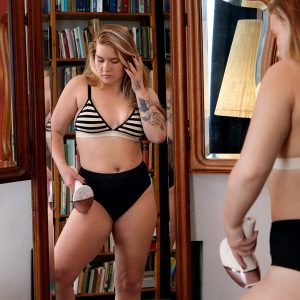
Here’s where comfort meets tech. All three models have a skin tone sensor, which checks your tone and blocks unsafe flashes if your skin isn’t compatible. That’s basic safety and included in every model.
But the 8000 and 9000 go further with the SmartSkin sensor. This feature doesn’t just check—it decides. It automatically selects the right intensity level for each area, so you’re not second-guessing or flipping through a manual. The sensor adapts in real time.
The 7000? You’ll be adjusting the intensity manually using five levels. That’s fine if you know your skin well, but it adds a bit of friction to the process. Not hard, just slightly less intuitive.
If you want a device that thinks for you while you zone out during treatment, the 9000 and 8000 are the ones to reach for.
Speed matters—especially when you’re doing your legs
Anyone who’s done a full-leg IPL session knows: eight minutes feels like nothing. Fifteen minutes? Feels like forever. And here’s the difference.
The Lumea 9000 and 8000 are faster. Thanks to stronger power and a better flash rhythm, they let you treat:
Legs in about 8.5 minutes
Underarms in 2.5 minutes
Bikini area in 2 minutes
Face in 1.5 minutes
The 7000 needs up to 15 minutes for legs, and the other areas take longer, too. On smaller spots it’s not a dealbreaker, but for full-body use, it adds up fast. And let’s be honest—convenience is a big reason people commit to at-home IPL in the first place.
Faster sessions = more likely to stick to your routine.
The long game: how well it actually works over time
Philips quotes slightly different figures for each model, but here’s what we found realistic: After 12 months of consistent use, the 8000 and 9000 maintain up to 86% hair reduction. That’s with maintenance treatments spaced out every few months after the initial phase.
The 7000 lands a bit lower at 82%, which is still solid—but if you’re treating coarser hair or stubborn regrowth, that extra 4% might actually matter.
All three show results within a few weeks, but the 9000 and 8000 just hold those results longer, meaning fewer touch-ups and better consistency.
Cordless vs corded—this one’s a game-changer
This is the moment you realize the 9000 isn’t just the newest—it’s also the most user-friendly. It’s the only one that works cordlessly. You charge it, you grab it, and you treat wherever’s convenient—no plug-hunting, no tangles.
The 8000 and 7000 are strictly corded, which means planning your space around a nearby outlet. That might not sound like a big deal until you try to do your underarms and realize your cord won’t reach the mirror angle you need.
Cordless use = smoother, more spontaneous sessions.
Attachments: the more you have, the easier it gets
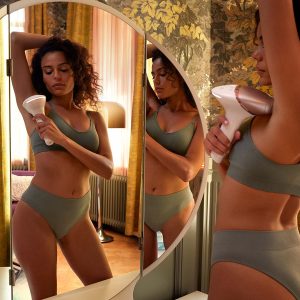
This is where versatility shows. The 8000 usually includes four attachments—for body, face, underarms, and bikini. Each one is shaped specifically for its zone, with sizes and filters adapted for the skin and hair type.
The 9000 often comes with three attachments, and which ones depends on the model variant. Some kits include all four, some don’t.
The 7000? Two attachments. Body and face. That’s it. You can still use it for underarms or bikini, but it won’t feel as precise or efficient.
If you want a smoother fit against curves or sensitive areas, more attachments = more comfort.
Smart apps and Bluetooth: not essential, but kind of nice
All three models support the Philips Lumea app. It reminds you when to treat, tracks your progress, and gives helpful tips. It’s surprisingly useful, especially early on when it’s easy to forget where you zapped last.
But only some versions of the 9000 and 8000 include Bluetooth, so they actually sync with the app in real time. It’s not make-or-break, but it does make the process feel more modern and organized.
The 7000 doesn’t have Bluetooth, but you can still use the app manually to follow your schedule.
So… is the 9000 worth it?
After all this, we keep circling back to the same answer: yes. The 9000 feels like what IPL should always have been—smart, quick, easy, and cordless. The comfort of the SmartSkin sensor, the speed of use, the pulse count, and the freedom of movement? It’s the full package.
The 8000 is a fantastic second place. If you don’t mind being plugged in, you get almost all the same features, including the speed and SmartSkin sensor. It’s the best choice if your budget’s tight but you still want top-tier results.
The 7000 is more basic, and it shows. It works, and the price is more accessible—but the shorter lifespan, fewer accessories, and lack of automation make it a better fit for people with very straightforward needs or smaller treatment areas.
If you’re in it for the long run, want less hassle, and care about smooth results with fewer steps, the Philips Lumea 9000 is the one that doesn’t make you compromise.

